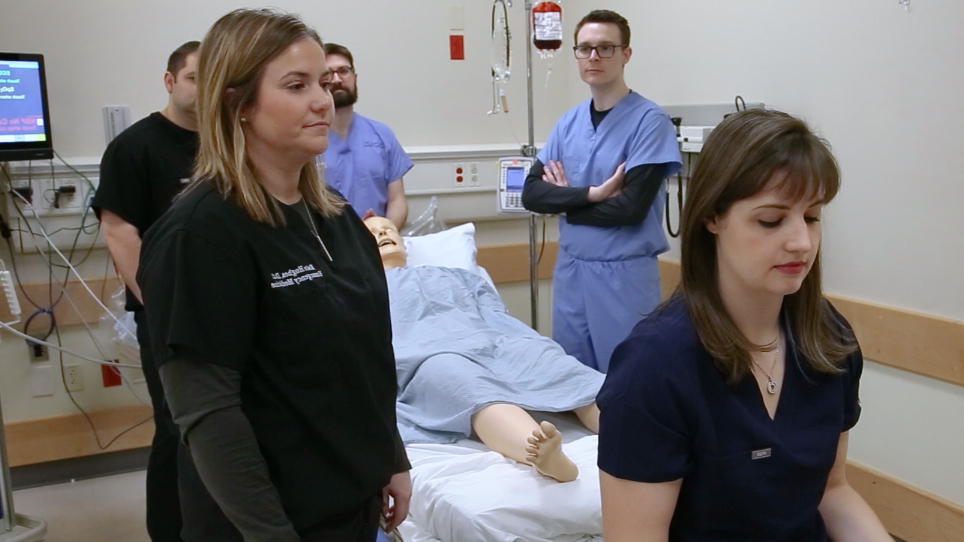A subscription to JoVE is required to view this content. Sign in or start your free trial.
JoVE Journal
Medicine
Setup and Execution of the Rapid Cycle Deliberate Practice Death Notification Curriculum
Chapters
- 00:04Introduction
- 00:41Rapid Cycle Deliberate Practice GRIEV_ING Simulation Exercise Preparation and Pre-brief
- 01:49Rapid Cycle Deliberate Practice GRIEV_ING Simulation Exercise
- 03:18Results: RCDP Death Notification Curriculum Results
- 04:06Conclusion
The goal is to demonstrate how to apply the rapid cycle deliberate practice debriefing technique to the GRIEV_ING death notification curriculum.










